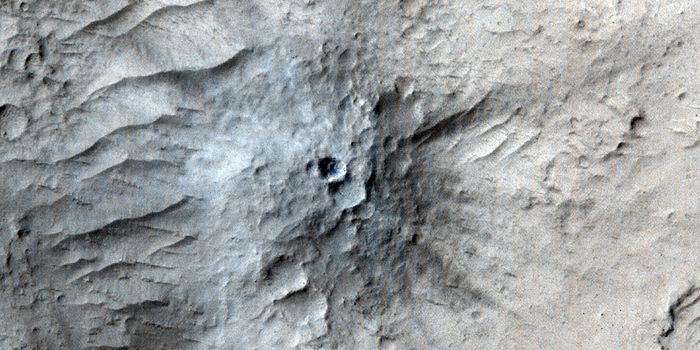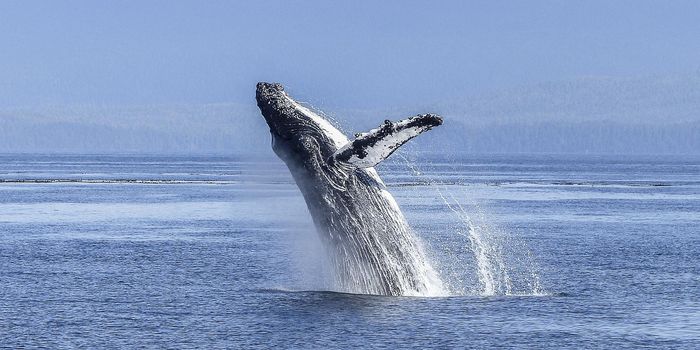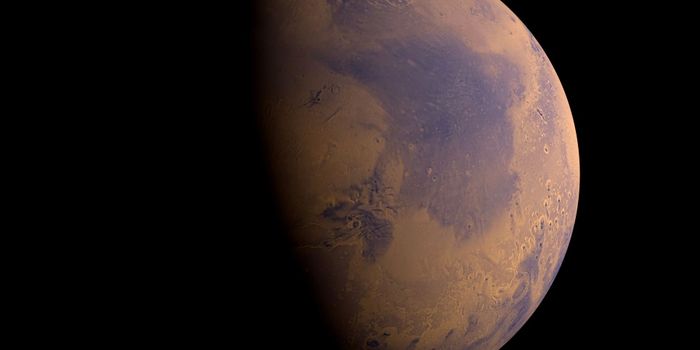The disappearance of Australia's seagrass
Australia is losing its seagrass. That’s according to a new report released by marine scientists at the Centre for Marine Ecosystems Research at Edith Cowan University (ECU) in Western Australia, who say that the increase in carbon dioxide emissions due to this loss is equivalent to 5 million cars a year.
The study, conducted by Ph.D. student Cristian Salinas, shows that roughly 161,150 hectares of seagrass have been lost from Australian coasts since the 1950s. This, in turn, has caused a 2% increase in annual carbon dioxide emissions from land-use change.
"Known as 'Blue Carbon', seagrass meadows have been estimated to store CO2 in their soils about 30 times faster than most terrestrial forests," explains Salinas. "Seagrass meadows have been under constant threat in Australia through coastal development and nutrient runoff since the 1960s. On top of that climate change is causing marine heatwaves that are catastrophic to the seagrasses. This study serves as a stark reminder of how important these environments are."
In addition to the carbon emissions from the degradation and loss of seagrass meadows due to nutrient overflow, warming, and coastal development, a positive feedback mechanism at play triggers even greater levels of CO2 emissions via hydrodynamic energy.
"Without seagrass acting as a buffer, the hydrodynamic energy from the ocean releases the carbon by moving the seabed sand around," elaborates Salinas..
Essentially, the absence of seagrass meadows makes the shallow waters more vulnerable to waves, tides, and currents. Shallow waters without seagrass were found to have lower levels of stored carbon than those seen in waters with seagrass, where hydrodynamic energy was less. "This means that nearshore meadows are particularly important to preserve," Salinas said.
Salinas points to Cockburn Sound as a prime example of seagrass loss. From the 1960s to 1990s, the sound lost approximately 23 square kilometers of seagrass because of nutrient overflow caused by urban, port, and industrial development. Salinas hopes his research will act as a wake-up call and urges the Australian Emission Reduction Fund to include seagrass meadows in climate policies.
Sources: Global Change Biology, Science Daily








